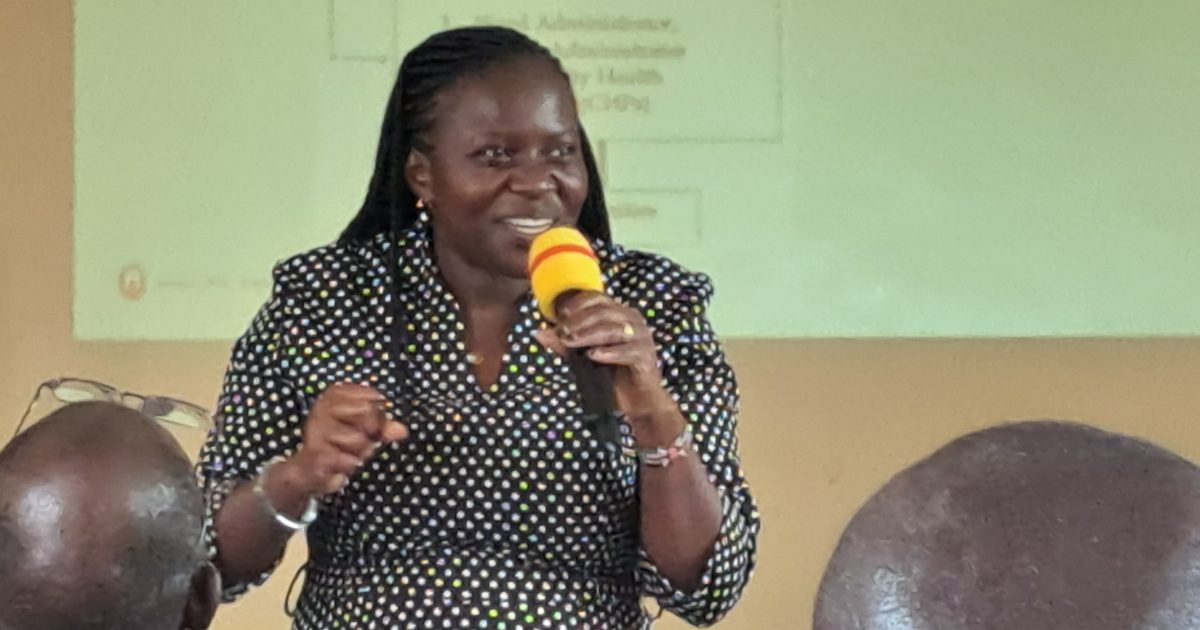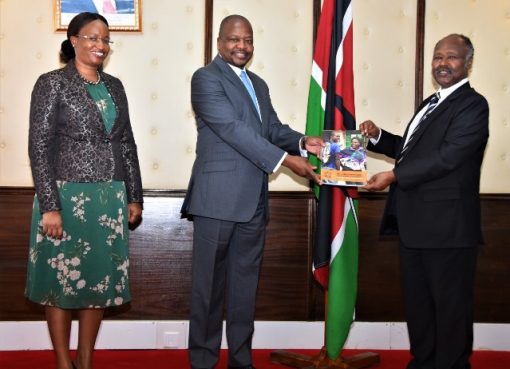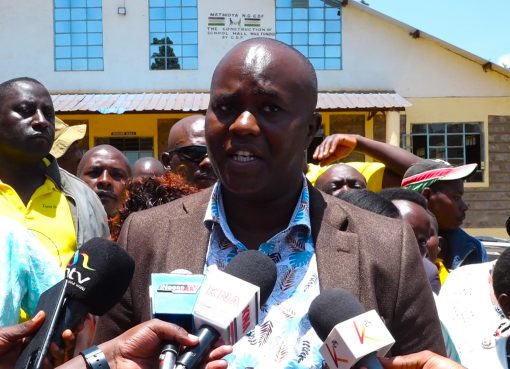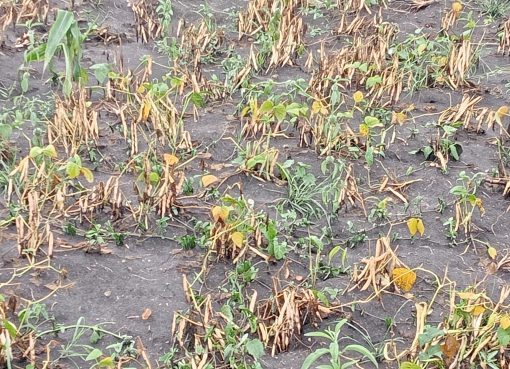Two informal settlements in Kisumu will benefit from a modern sanitation project that will cost Sh19.5 million.
Manyatta and Obunga slums will have the unique facilities that will revolutionize the poor sanitation as it did in Nyalenda and Nyamasaria.
This is timely intervention especially with current flooding challenges. The project is being implemented by Seureca East Africa Ltd in partnership with the national government.
The funding has been channeled through Lake Victoria South Water Works Development Agency (LVSWDA) with Kisumu Water and Sanitation Company as a key partner.
Seureca sanitation expert Caroline Mwangi said that the project has restored hope for a cleaner environment as reaffirmed during a public participation forum held at Magadi primary school.
Mwangi told the forum composed of landlords/ladies that project has two categories of toilets; a modern pit latrine and a power flush type of facilities.
The modern pit latrine category cannot be connected to a sewer line as Koyango area where it would be domiciled on a pilot basis has its own unique challenges including a low water table.
On the other hand if the residents built a power flush type, it could be advantageous as it could be remodified for connection to a sewer line, she explained.
Mwangi said it was in this light that Seureca East Africa Ltd convened the forum for local landlords and ladies to help in the management and curb environmental degradation.
Speakers at the forum blamed the introduction of pampers in place of napkins terming this a tragedy. Local residents often woke up to find piles of pampers dumped at the doorsteps or gates at night.
It emerged that pampers and sanitary towels are the major things that clogged toilets and drainage and ultimately ended up in Lake Victoria after being swept away by the raging flood waters.
“We have already built more than 200 such sanitary facilities (latrines) across the country translating to a whooping Sh130 million. However, many more people are lined up to benefit,” she said.
Mwangi, an environmental expert and her colleague Eng. Dorothy Ronoh said the VIP latrine (1st type) measured 2.5m × 3m × 3m (depth), width and length with a capacity of 22,000 litres, and can hold 0.9 Kg of fecal matter and 2 litres of urine per person per day. This is why landlords/ladies were advised to sign an MoU with Seureca alongside other partners that they would help empty the toilets.
Kisumu has a high water table, she explained, and this is why the depth of the facility (1st type) was made shallow hence could not exceed 2.5 m to 3 m as the maximum.
However, she added, the range would be dependent upon the condition of the soil that also determined the extent the excavation could reach.
On the other hand, the proposed public ablution block would measure 20meters × 20meters size of land while the proposed management model would be the Dwellers Drive approach.
This goes to explain why respective Ward and Village Administrators alongside local elders will play a leading role complete with a checklist to boot.
The project also has a strong Monitoring and Evaluation structure after it emerged elsewhere that some landlords and ladies unfortunately turned public toilets or the VIP facilities into personal properties thus locked out other beneficiaries.
Mwangi termed this as unfair for other beneficiaries or tenants as they automatically lacked a place to go for a call for nature.
“You need to give people the dignity they deserve. This is why we enter into a contractual agreement with landlords, Seureca and its partners,” she reiterated.
To this end, she added, we have in place a legal representative to ensure the rights of all beneficiaries are protected.
A caveat has also been put on the private land so that anyone who wants to buy such land must abide by the rule that the project continues benefiting the public.
By Joseph Ouma





